


My brother was studying in Helsinki for his degree, so I was to visit him for around ten days. I spend some good time in Helsinki going out, and in the more famous and typical thing from Finland; The saunas. Oh!, were great, I love it, the sensation to be really hot in the sauna and get
 out to the street completely naked below 0º Celsius degrees and don’t feel cold.
out to the street completely naked below 0º Celsius degrees and don’t feel cold.We were walking around the city too, visiting the most famous places in Helsinki like the The Temppeliaukio Church, which is a famous church because the shape is like a theatre of music and it´s build like in a cave. We also take a huge boat to go to Sweden, where the are a lot of party in there, everybody are drunk and dancing in the disco, buying beers because are cheaper, was a good experience.
Helsinki is the capital and largest city in Finland. It is in the region of Uusimaa, located in southern Finland, on the shore of the Gulf of Finland, an arm of the Baltic Sea. The population of the city of Helsinki is 588,941 (31 January 2011), making it by far the most populous municipality in Finland. Helsinki is located some 400 kilometres (250 mi) east of Stockholm, Sweden, 300 kilometres (190 mi) west of St. Petersburg, Russia and 80 kilometres (50 mi) north of Tallinn, Estonia. Helsinki has close historical connections with these three cities.
The Helsinki Metropolitan Area includes the city of Helsinki and three other cities: Espoo and Vantaa, which immediately border Helsinki to the west and no
 rth, respectively; and Kauniainen, which is an enclave within the city of Espoo. The Helsinki metropolitan area is the world's northernmost urban area among those with a population of over one million people, and the city is the northernmost capital of a EU member state. Altogether 1.1 million people, approximately one in five Finns, live in the Helsinki Metropolitan Area.
rth, respectively; and Kauniainen, which is an enclave within the city of Espoo. The Helsinki metropolitan area is the world's northernmost urban area among those with a population of over one million people, and the city is the northernmost capital of a EU member state. Altogether 1.1 million people, approximately one in five Finns, live in the Helsinki Metropolitan Area.Helsinki is Finland's major political, educational, financial, cultural and research centre as well as one of northern Europe's major cities. Approximately 70% of foreign companies operating in Finland have settled in the Helsinki region.
The nearby city of Vantaa in the Helsinki metropolitan area is the location of Helsinki-Vantaa Airport, with frequent service to various destinations in Europe and Asia. Since early 2009, Helsinki has been exploring a merger with Vantaa. On 30 March 2009, the city council of Vantaa agreed to rev
 iew Helsinki's proposal of a possible merger, while emphasizing that the review is not about the possibility of terminating the existence of the city of Vantaa. On 31 January 2011, the city council of Vantaa turned down Helsinki's proposal of a possible merger, with 45 votes against the proposal compared to 22 in favour of it.
iew Helsinki's proposal of a possible merger, while emphasizing that the review is not about the possibility of terminating the existence of the city of Vantaa. On 31 January 2011, the city council of Vantaa turned down Helsinki's proposal of a possible merger, with 45 votes against the proposal compared to 22 in favour of it.In 2009, Helsinki was chosen to be the World Design Capital for 2012 by the International Council of Societies of Industrial Design, narrowly beating Eindhoven for the title.
Helsinki was established as a trading town by King Gustav I of Sweden in 1550 as the town of Helsingfors, which he intended to be a rival to the Hanseatic city of Reval (today known as Tallinn). Little came of the plans as Helsinki remained a tiny town plagued by poverty, wars, and diseases. The plague of 1710 killed the greater part of the inhabitants of Helsinki. The construction of the naval fortress Sveaborg (In Finnish Viapori, today also Suomenlinna) in the 18th century helped improve Helsinki's status, but it was not until Russia defeated Sweden in the Finnish War and annexed Finland as the autonomous Grand Duchy of Finland in 1809 that the town began to develop into a substantial city.
Czar Alexander I of Russia moved the Finnish capital fr
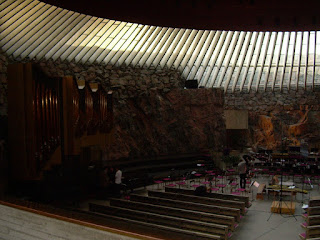 om Turku to Helsinki to reduce Swedish influence in Finland. The Royal Academy of Turku, back then the country's only university, was relocated to Helsinki in 1827 and eventually became the modern University of Helsinki. The move consolidated the city's new role and helped set it on the path of continuous growth. This transformation is highly apparent in the downtown core, which was rebuilt in neoclassical style to resemble St. Petersburg. As elsewhere, technological advancements such as railroads and industrialization were key factors behind the city's growth.
om Turku to Helsinki to reduce Swedish influence in Finland. The Royal Academy of Turku, back then the country's only university, was relocated to Helsinki in 1827 and eventually became the modern University of Helsinki. The move consolidated the city's new role and helped set it on the path of continuous growth. This transformation is highly apparent in the downtown core, which was rebuilt in neoclassical style to resemble St. Petersburg. As elsewhere, technological advancements such as railroads and industrialization were key factors behind the city's growth.Despite the tumultuousness of Finnish history during the first half of the 20th century, Helsinki continued its steady development. A landmark event was the XV Olympiad (1952 Olympic Games) held in Helsinki. Finland's rapid urbanization in the 1970s, occurring late relative to the rest of Europe, tripled the population in the metropolitan area, and the Helsinki Metro subway system was built. The relatively sparse population density of Helsinki and its peculiar structure have often been attributed to the lateness of its growth.
March 2007






































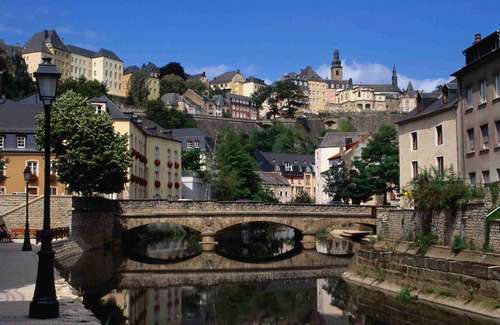



















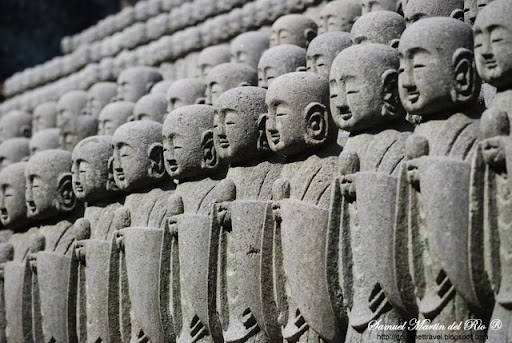











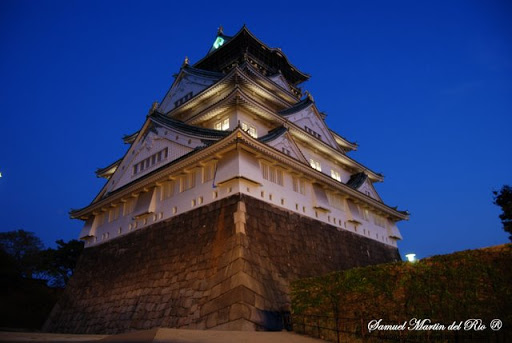
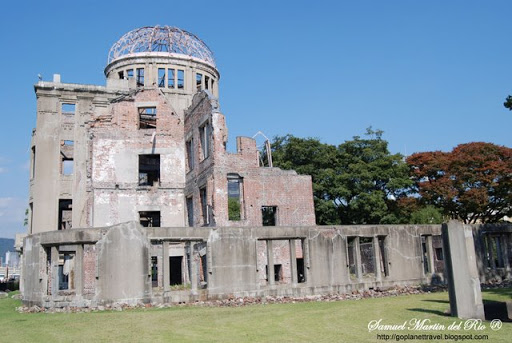







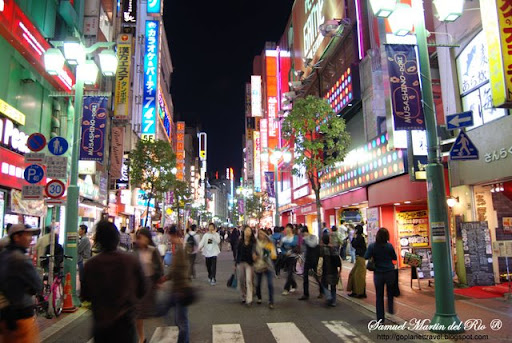



















No comments:
Post a Comment